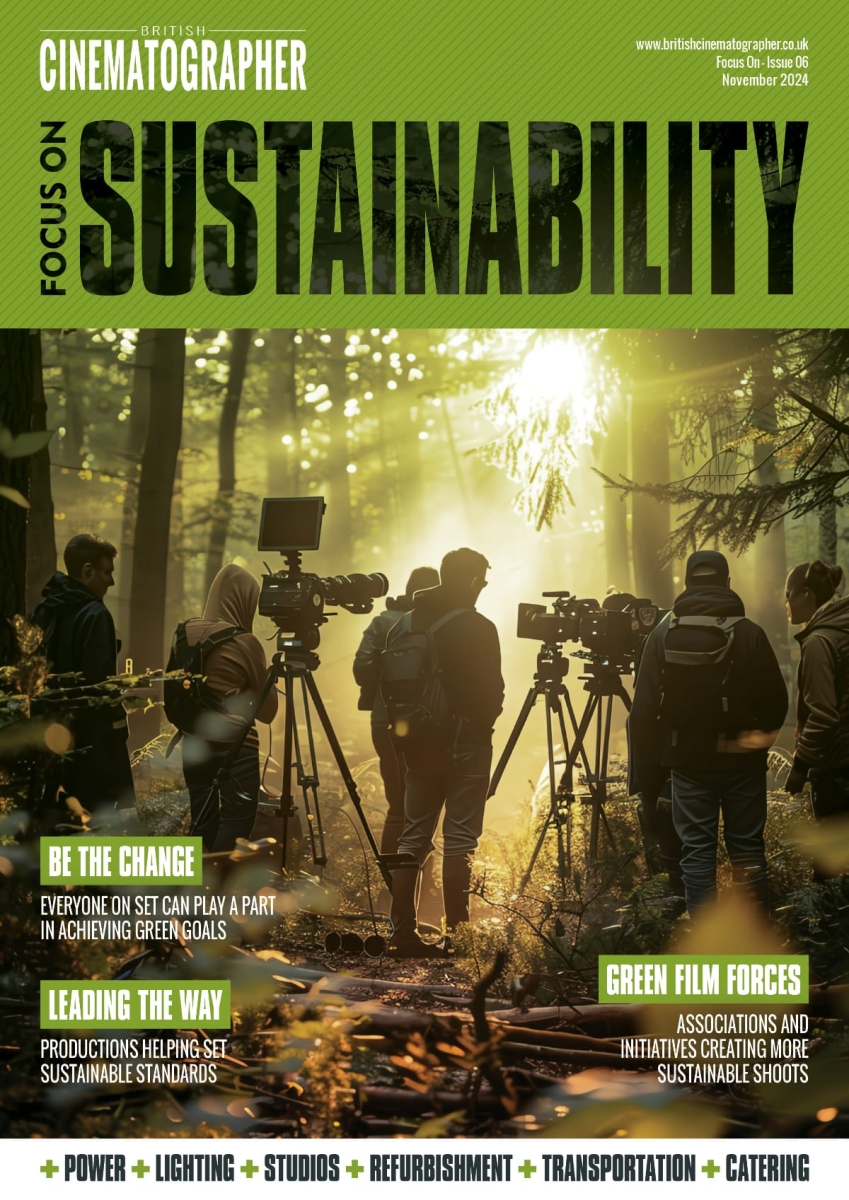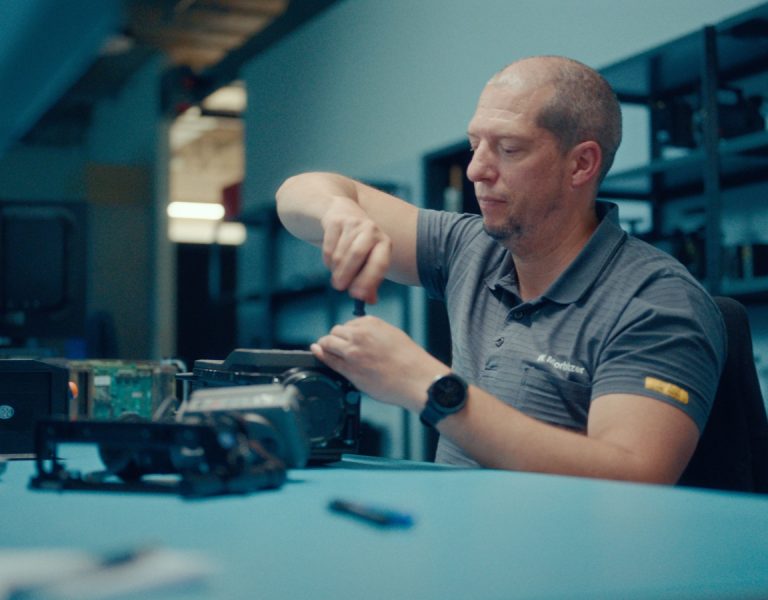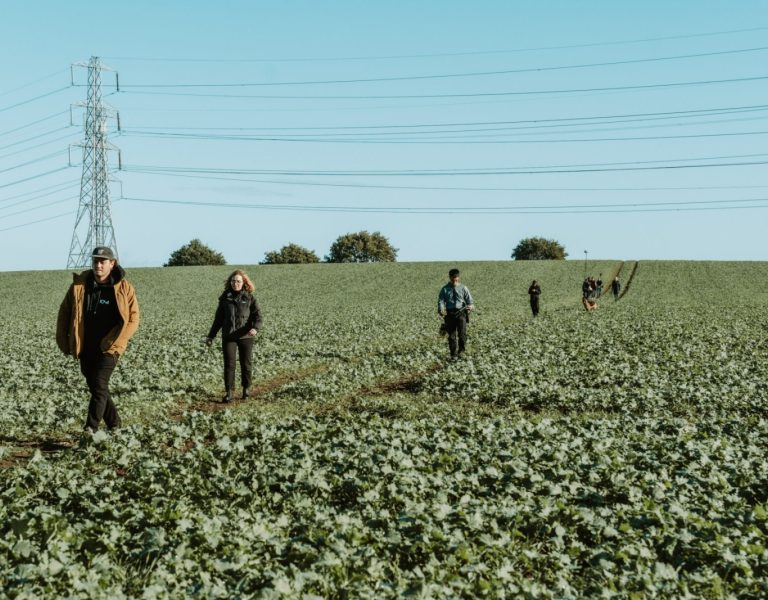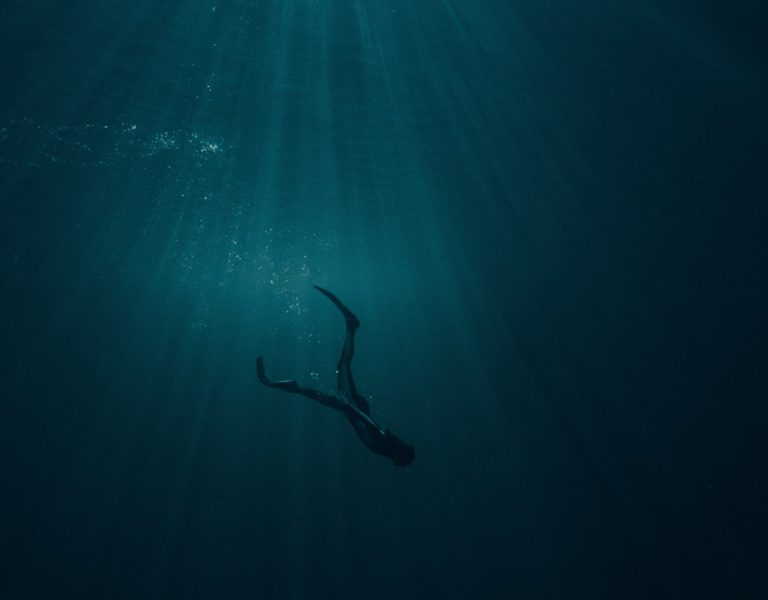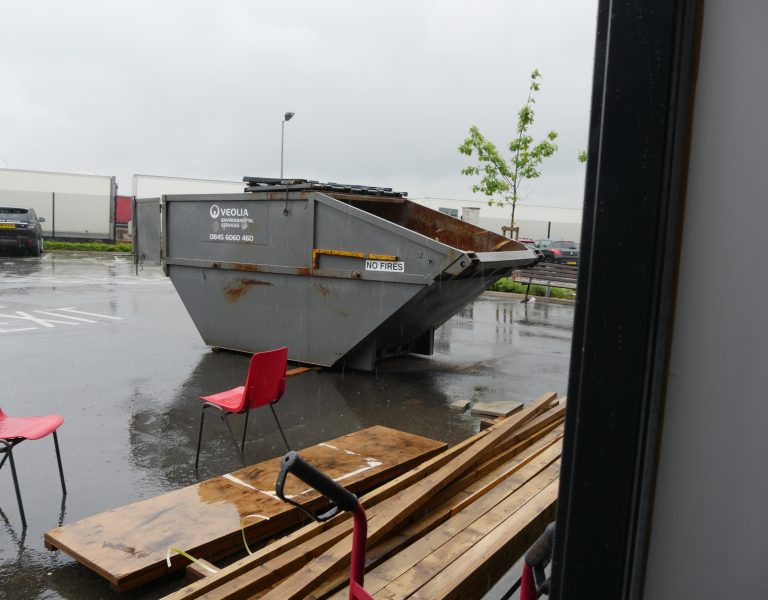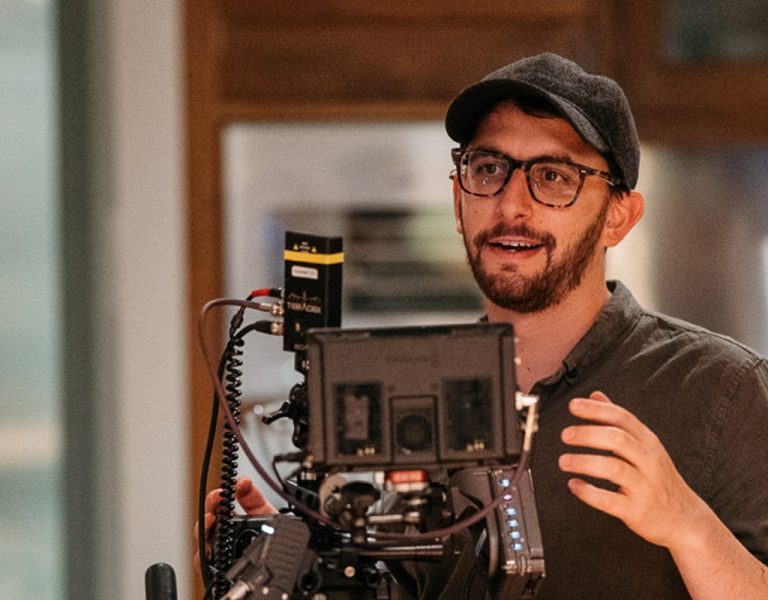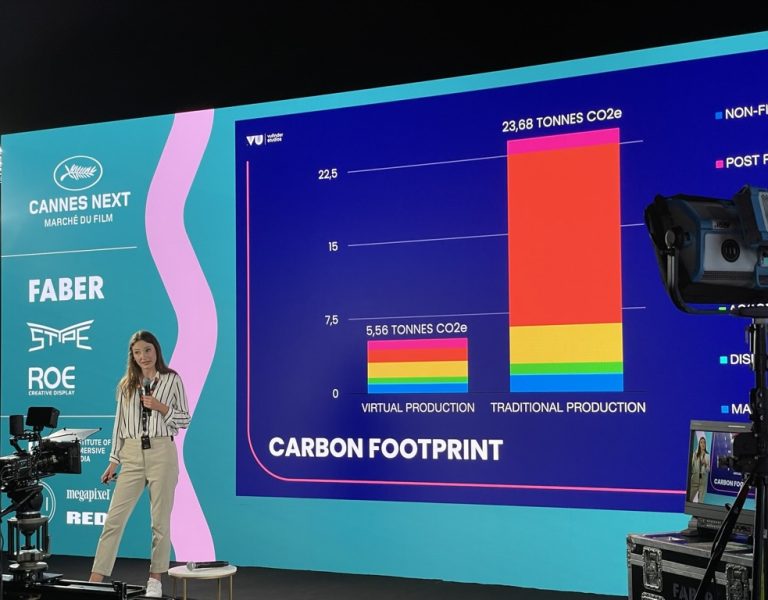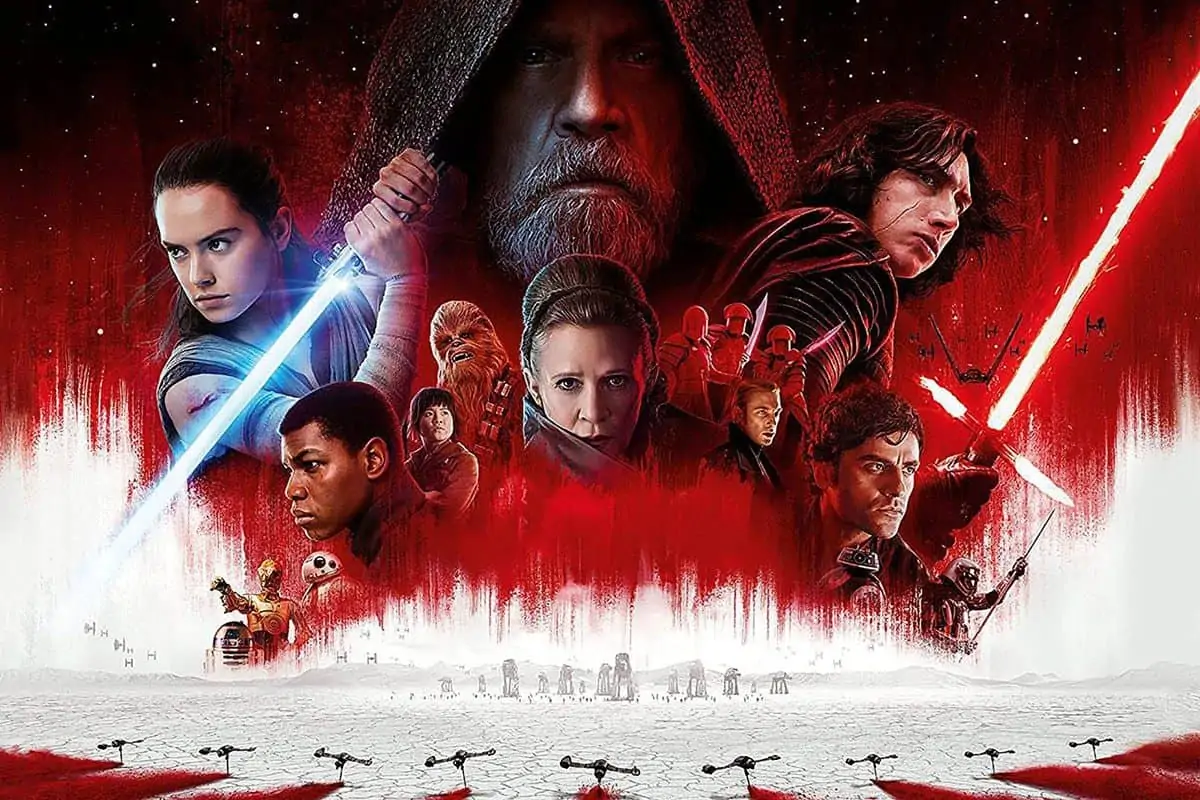Space Odyssey
Neville Kidd / Childhood's End
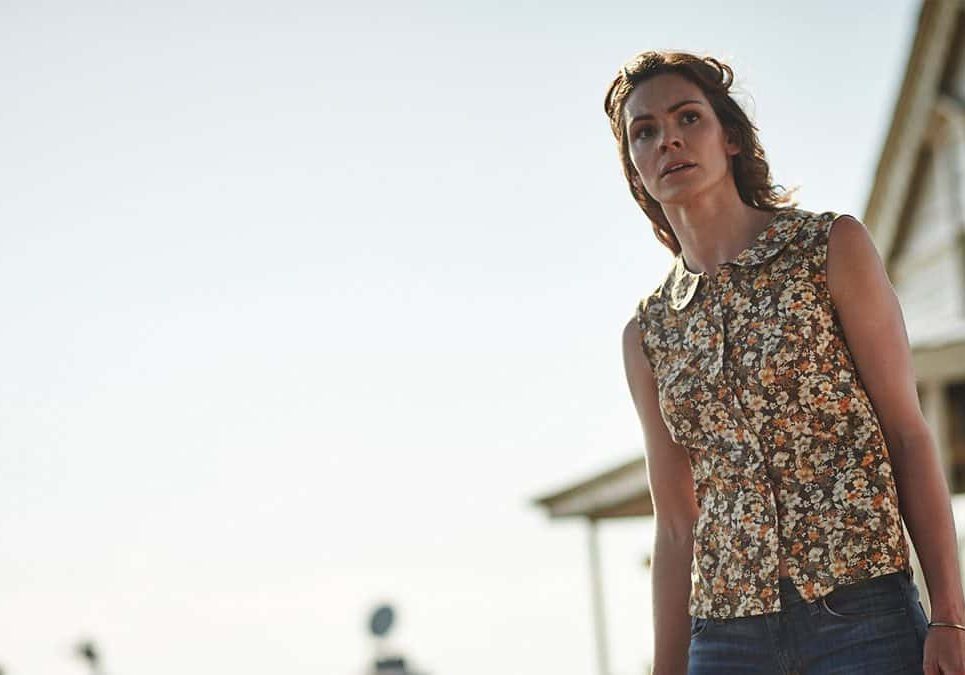
Space Odyssey
Neville Kidd / Childhood's End
BY: Jeremy Span
The rich city of Melbourne and its surrounding landscapes provide the backdrop for Childhood’s End, a cautionary science fiction mini-series on the Syfy Universal channel. The three-part show is set in the near future, when mankind finally has the resources and technology to fly to and inhabit other planets. Soon, aliens arrive to contain them.
The way the human race has managed its world – with war and famine and various other atrocities – is not tolerated by other races. In huge spacecrafts, an alien race towers over the Earth in an attempt to prevent its inhabitants from leaving.
Based on Arthur C. Clarke’s 1950’s novel of the same name, Syfy Universal enlisted a top-notch team to create the series. The line-up included director Nick Hurran and cinematographer Neville Kidd, whose previous collaborations include Doctor Who and Sherlock.
“I’ve always been fascinated by the sci-fi genre,” Kidd says. “One of my favourite films is Alien… as it has a very specific look. Any world I create, I try to make as real as possible,” he asserts, while commenting on the realism of Alien and his desire to channel that into Childhood’s End.
This visual aesthetic became evident during Kidd’s early days as a cinematographer. After graduating from Napier’s Film School in Edinburgh in 1989, Kidd landed a job with BBC Scotland. He shot news pieces and documentaries before gradually moving to commercials, short films and eventually long-form drama.
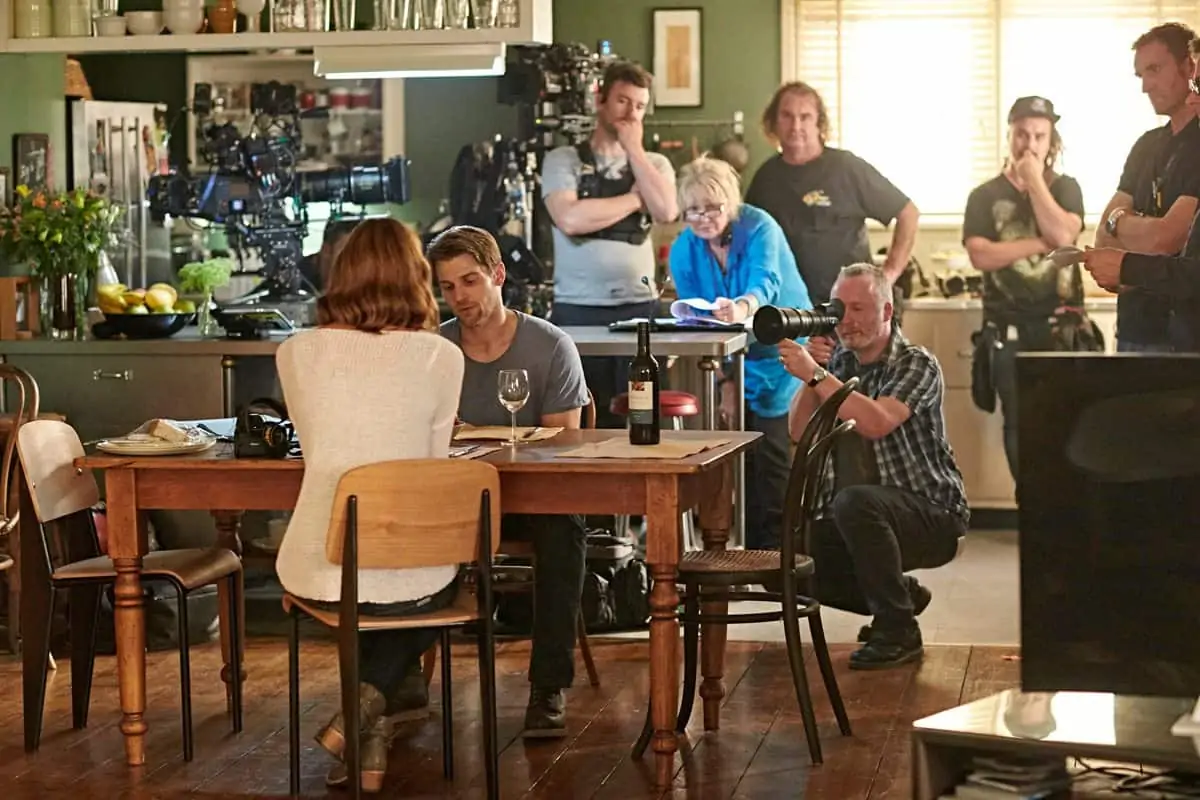
In approaching Childhood’s End, Kidd and Hurran went through the script together in detail before talking about the look and the feel they wanted. For the duo, they wanted everything to feel as if it really could happen.
“And that’s a challenge,” Kidd says. “The story involves alien invasion and 12-foot devils. It’s quite way-out-there. I think we were trying to break down the grand scale of the story and make it more believable.”
One of the many ways Kidd went about achieving the look was to give the production a “kind of hand-held feel.” Though the camerawork is kept quite loose, often hand-held or shot on Steadicam, the challenge for Kidd was to make the camera work invisible. It was an exercise in subtlety.
“One of the main things I wanted to put across in Childhood’s End was the composition,” Kidd says. In the series, there’s fear and paranoia as the aliens sit above the human race. “I wanted to make that paranoia about the aliens come through via the composition. So I made everything quite toppy – leaving a lot of empty space in the upper part of the screen – which makes it quite uncomfortable to look at. My main direction to the camera operators was to explore the oddness of the framing.”
Kidd says the seamless integration of studio-shot sequences and real locations proved to be the most challenging. A farm setting just outside Melbourne is where most of the action takes place at the start of the story, whilst most of the spacecraft action was shot in the studio. The integration of these locations was essential to keep in with Hurran and Kidd’s vision of the audience needing to believe this could actually be taking place.
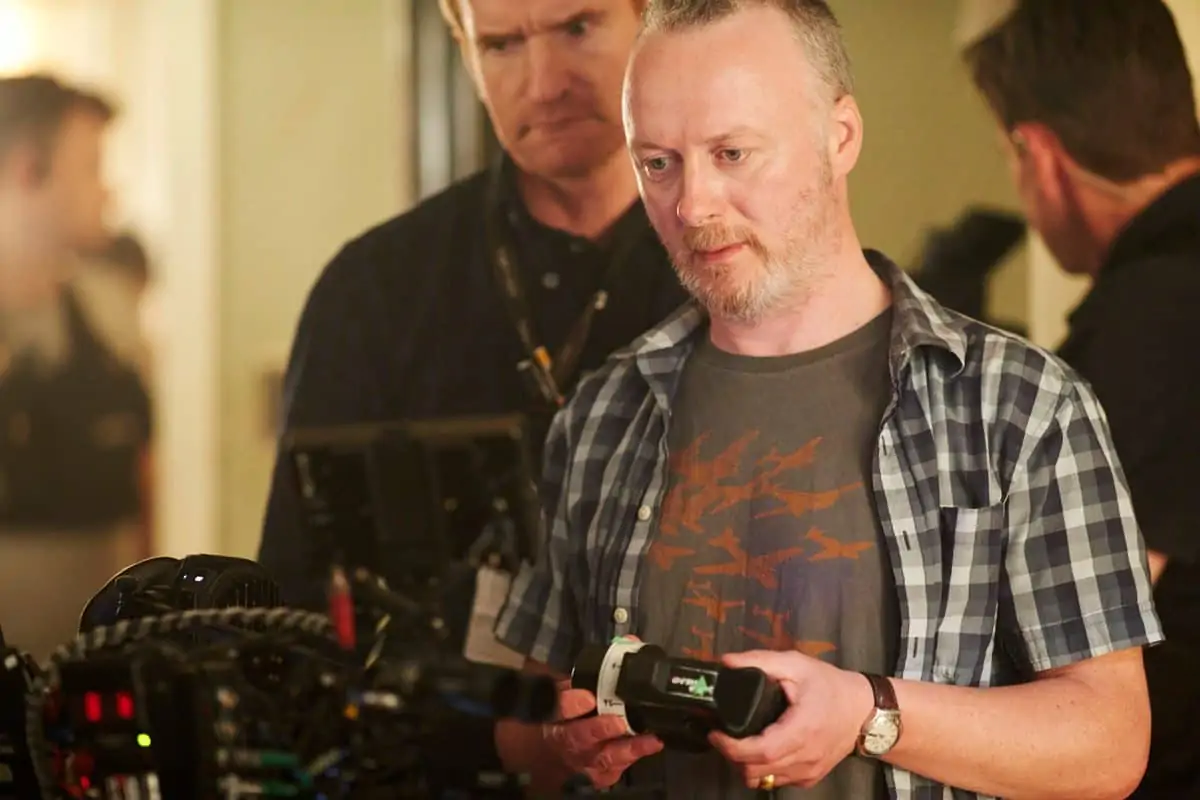
"One of the main things I wanted to put across in Childhood’s End was the composition, I wanted to make that paranoia about the aliens come through."
- Neville Kidd
He describes the sequence where characters in the farmhouse travel through the space pod to the main spacecraft. “What I tried to do was make it feel like one shot … but it’s not. The world in the main space craft is quite different to the pod. This section of the series has an almost retro look.”
He achieved these sequences though ‘live’ lighting changes to highlight each environment, which proved a meticulous challenge for both himself and the operators. “When you’re using a lot of moving lights,” Kidd reflects, “you can be one degree off making it look realistic – and really fail.”
All the cues needed to be bang-on with attention paid to the workings of the various moving lights being used. The HMIs with LEDs and fluorescent lights all had a bit of lag when turning on, which needed to be taken into account. It took several attempts to line up all the cues so they were correct.
“It’s a good challenge for all departments,” Kidd says. “I’m quite proud of the final sequences. When nobody notices you’re in a studio and then you go outside into the real world and then you go into a spaceship, it’s a blast. All these connections and all these worlds joining together…and it never jumps, you’re not popping out of the story. When it’s seamless, that’s the most satisfying thing for me as cinematographer.”
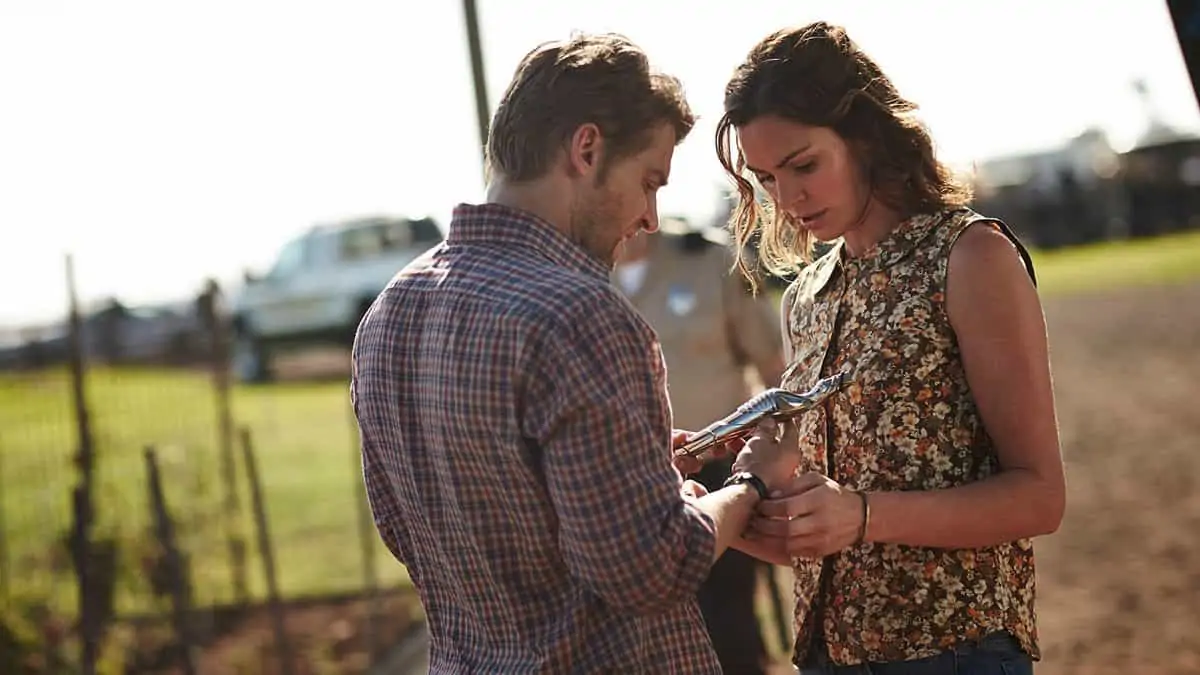
Childhood’s End was shot on two Alexa XT Plus cameras and an ARRI Amira documentary-style camera. “The main quality for me is colour. Which camera shows real colour, and which camera shows the best cinematic latitude, are the most important factors when choosing a camera,” he says.
Kidd found the Alexa to be just what he was after, and the Amira being smaller worked well on the Steadicam. Of course, the great ‘film vs. digital’ debate was brought up. Having not shot on film since his days spent lensing commercials, Kidd’s choice to shoot on film or digital came down to cost and budget. “Digital does everything you need. The quality of the Alexa is so good, you’re merely achieving what film achieves.”
Since much of the look of Childhood’s End is from the perspective of spacecrafts looking down on Earth, Kidd employed drones for aerial POV shots. He spent a long time on the drone work, deciding to interview all the different drone companies and to check them out for the series.
“Drone companies are bit like the Wild West; there’s so many of them,” he jokes. The drones were sourced from a company in Tasmania and Kidd was impressed by the quality of their work. The results “look fantastic. They really add to the film in a big way.”
Kidd also discussed working Down Under with an local crew. “You’re always kind of wary coming into any country you don’t know… the crews and working practices … it might take longer to build a relationship. But my Australian crew was fantastic,” he says. “I simply loved filming in Australia.”




